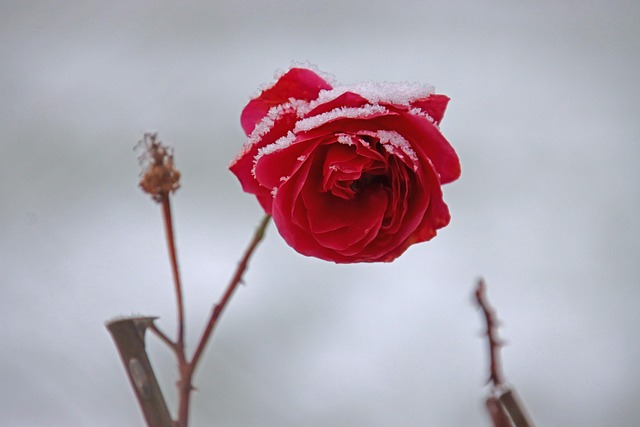Flowers are not just beautiful decorations in our gardens; they are vibrant symbols of life, connection, and the intricate web of ecosystem relationships that sustain our planet. Each bloom tells a story, a narrative of interdependence that weaves together flora, fauna, and the surrounding environment into a complex and harmonious tapestry.
To understand the ecosystem relationships in the flower world, we must first look at the breathtaking diversity of plant life. Each species has adapted uniquely to attract specific pollinators. For example, the striking colors and sweet fragrances of roses allure bees and butterflies, while the enchanting lavender charms moths, each playing a crucial role in the plant’s reproductive cycle. This synergy goes beyond mere attraction; it is a vital relationship where flowers provide nourishment, while pollinators facilitate the continuation of plant species. This is a beautiful representation of mutualism, showcasing how life flourishes through cooperation.
But the connections do not stop there. Flowers are also deeply intertwined with other elements of their ecosystems. They provide food and habitat for countless insects, birds, and small mammals. In turn, these animals contribute to healthy ecosystems by dispersing seeds and aiding in soil fertility. Take the dandelion, for instance—it may be seen as a weed, yet it serves as an essential food source for early spring pollinators emerging from winter’s grasp. Through this connection, dandelions help herald the arrival of a vibrant new season, emphasizing the importance of every flower, no matter how ordinary it may seem.
Moreover, flowers contribute to larger ecological processes. They are integral to soil health, water retention, and climate regulation. The root systems of flowering plants help stabilize soil, preventing erosion, while their leaves provide shade that cools the ground beneath, nurturing microorganisms essential for soil vitality. In this way, flowers act as guardians of their habitats, embodying resilience and sustainability.
As we explore these ecosystem relationships, we must also reflect on the impact of human activity. Urbanization, pollution, and climate change threaten the delicate balance between flowers and their pollinators. Every flower lost can ripple through the ecosystem, leading to diminished diversity and the collapse of these intricate relationships. Our role as caretakers of the earth becomes increasingly important, as we work to protect these bonds and ensure that future generations can experience the beauty and benefits of flowers in their natural settings.
In essence, flowers represent much more than seasonal beauty; they embody the interconnectedness of all living beings. By understanding and nurturing these ecosystem relationships, we can contribute to a thriving planet, where blooms continue to flourish, feeding not only our senses but also the spirit of the earth itself.




